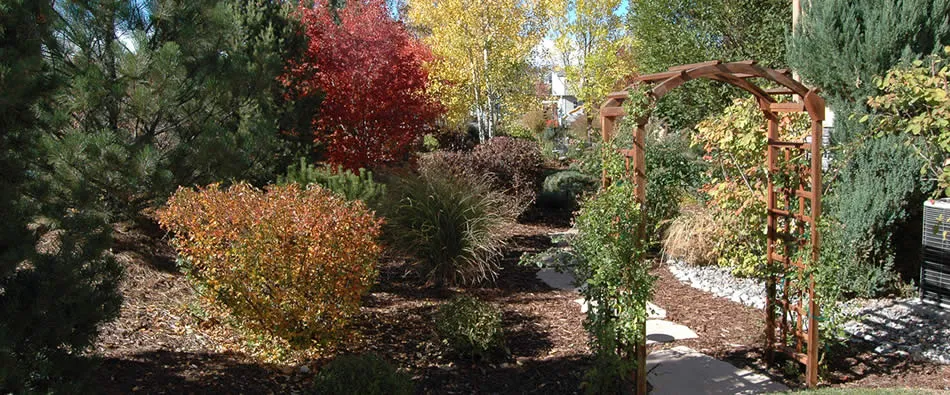Zebra Plant
The zebra plant is a member of a large plant family that is native to Brazil, which, in its native habitat, grows into upright shrubs. Zebra plants are known for their variegated foliage of dark green leaves with yellow stripes. Under optimal conditions, they bloom with yellow or orange flowers.
Zebra plants need medium light to grow well. To produce flowers, they may need additional artificial light. They also prefer a potting mix that is kept evenly moist; however, you should avoid wetting a zebra plant's leaves since leaf spot fungus can become a problem.
Zebra plants are tropical, so they need warm temperatures, but they will tolerate household temperatures in Colorado. Keep the room temperature at 70 degrees Fahrenheit during the day and 55 to 60 degrees at night, and place the plants away from cold and drafts. Zebra plants will thrive in 40 to 80 percent humidity. Fertilize your zebra plant every month with a half-strength solution of an all-purpose soluble fertilizer. Use a potting mix that drains well.
Zebra plants may be propagated from four- to six-inch stem cuttings with the bottom leaves removed. Stick the stem cutting directly into potting mix or place it in a glass of water until roots begin to form, then plant the cutting. Zebra plants occasionally attract pests, including mealybugs, aphids, scale and spider mites.
Weeping Fig
Weeping fig is the most common indoor tree used in homes, and is available in green or variegated forms. They're beautiful plants, but aren't always easy to grow because they're sensitive to environmental changes. As a result, you'll need to avoid placing weeping fig plants near drafts. You also will need to provide consistent light intensity and watering regimes.
Weeping figs can grow very tall and may be used in areas with cathedral ceilings to provide a dramatic effect. The growth rate of this plant is relatively fast.
Weeping figs generally prefer moderate to warm temperatures in the home, and tolerate medium to very high light situations. For best results, keep soil evenly moist and avoid low-light situations. Variegated forms of this plant require more light than the solid green forms. You can use weeping figs as a potted plant, bonsai or as a specimen plant in the atrium.
Spider mites, mealy bugs and scale insects are occasional pests on weeping figs, which are relatively disease free. Weeping figs don't require frequent fertilization. In fact, excessive nitrogen fertilizer application stimulates lush, spindly growth.
Tri-color Wax Plant, Hoya carnosa
There are about 200 species of wax plants native to India, Asia, Australia and the Pacific Islands.
Wax plants, or hoyas, are twining vines known for their waxy flowers and foliage. Their sweetly scented flowers are produced on mature plants. Do not remove the leafless spurs or stubs, on which new flowers appear every year.
Wax plant vines need high light and evenly moist potting soil that drains well. A trellis should be provided to support their growth. They are best used as potted or hanging basket plants.
They like room temperatures at 70 to 75 degrees Fahrenheit during the day and 60 to 65 degrees at night. Unlike other houseplants, wax plants can tolerate temperatures as low as 40 degrees when not in active growth. They will thrive in 30 to 40 percent relative humidity and should be fertilized every month with a half-strength solution of an all-purpose soluble fertilizer.
Wax plants may be propagated from stem cuttings. They occasionally attract pests including mealybug and spider mites.
Think it might be early to talk outdoor spring landscaping, we don’t, contact us here.






